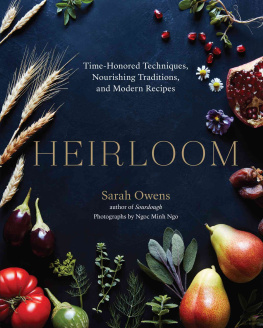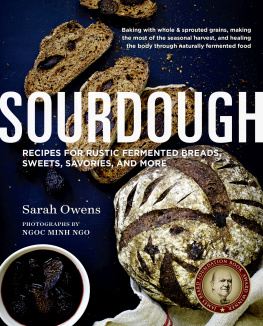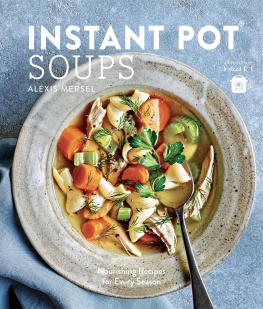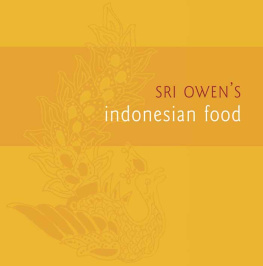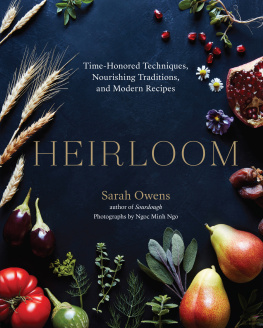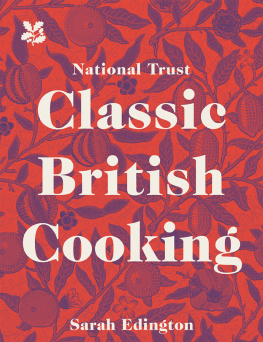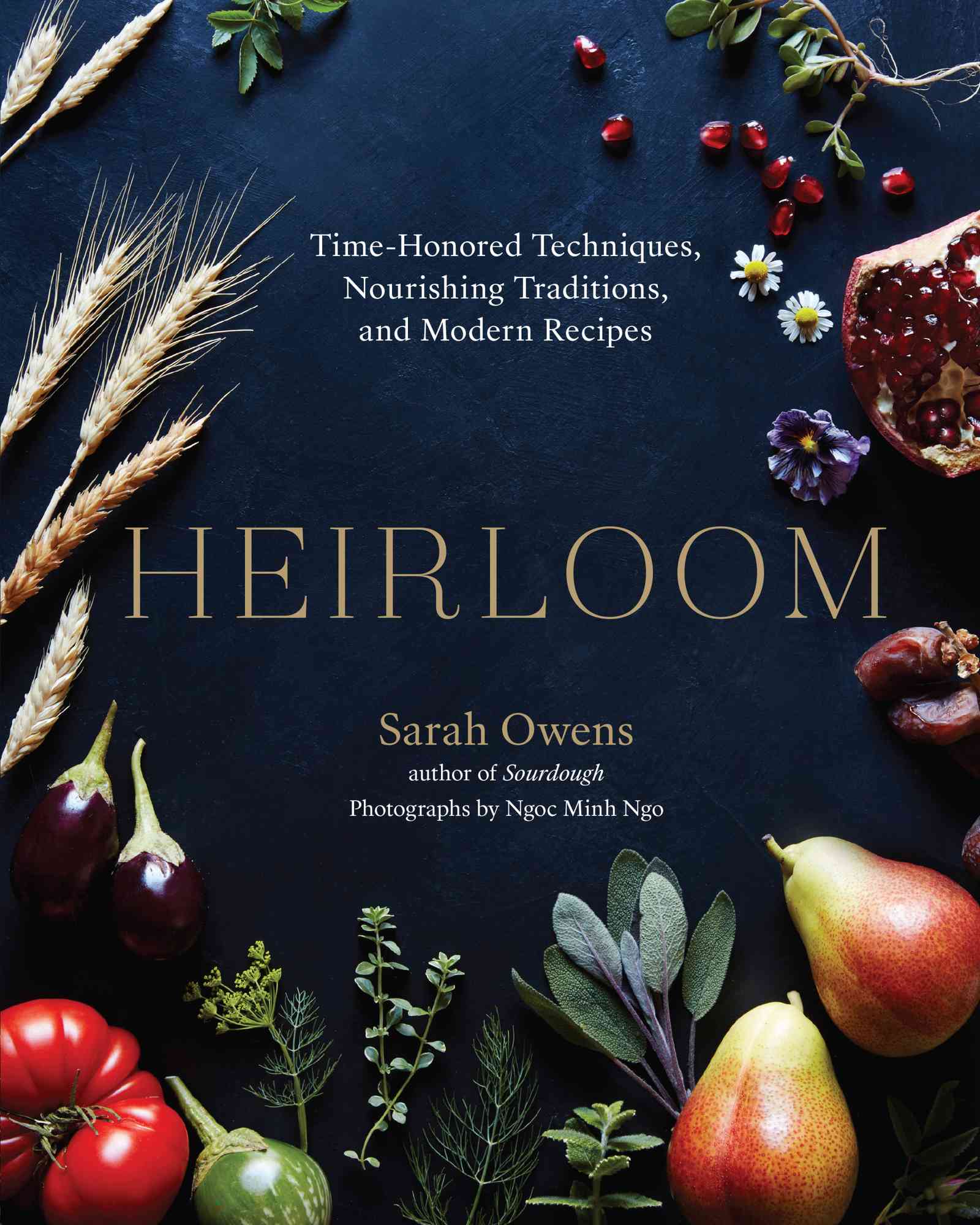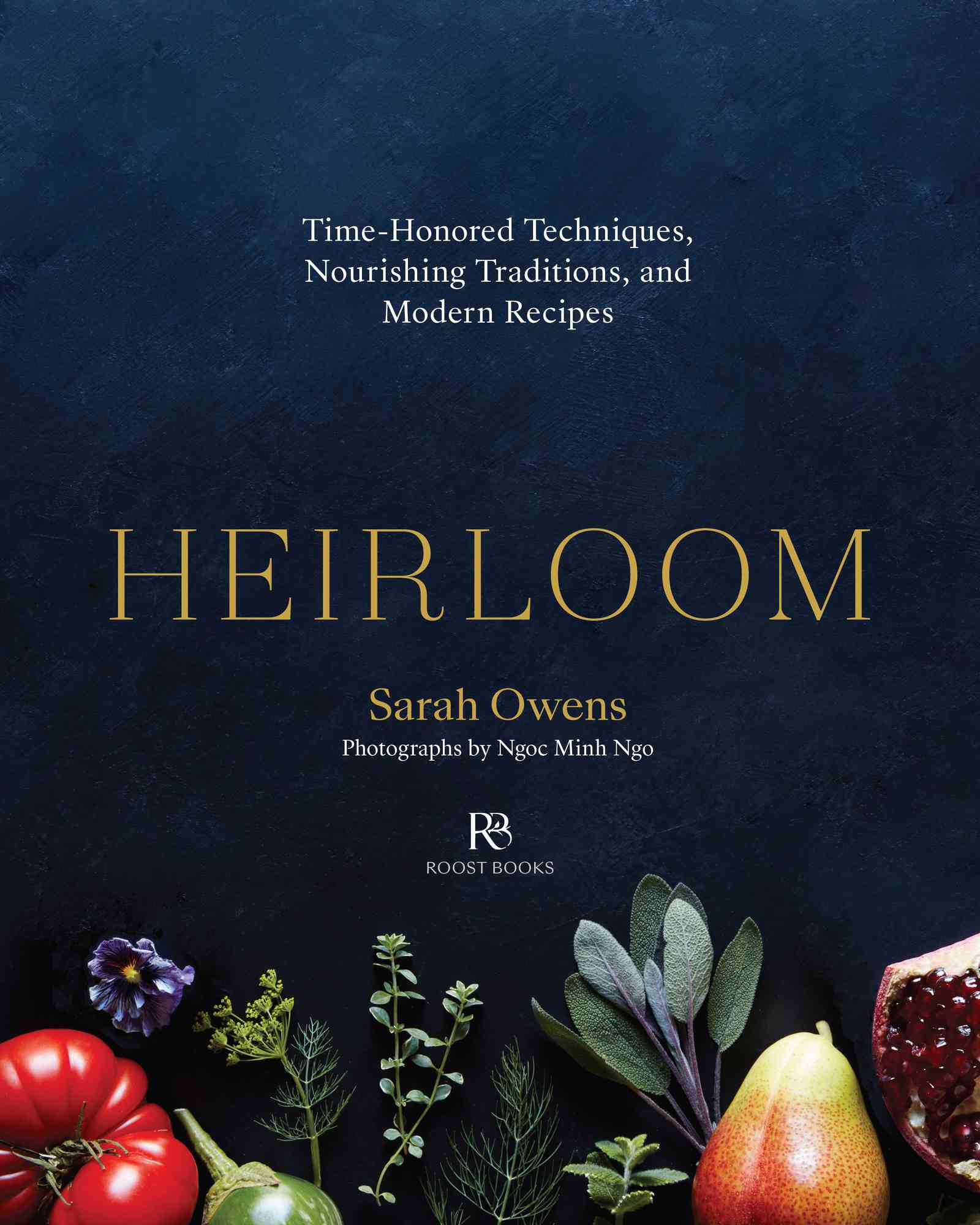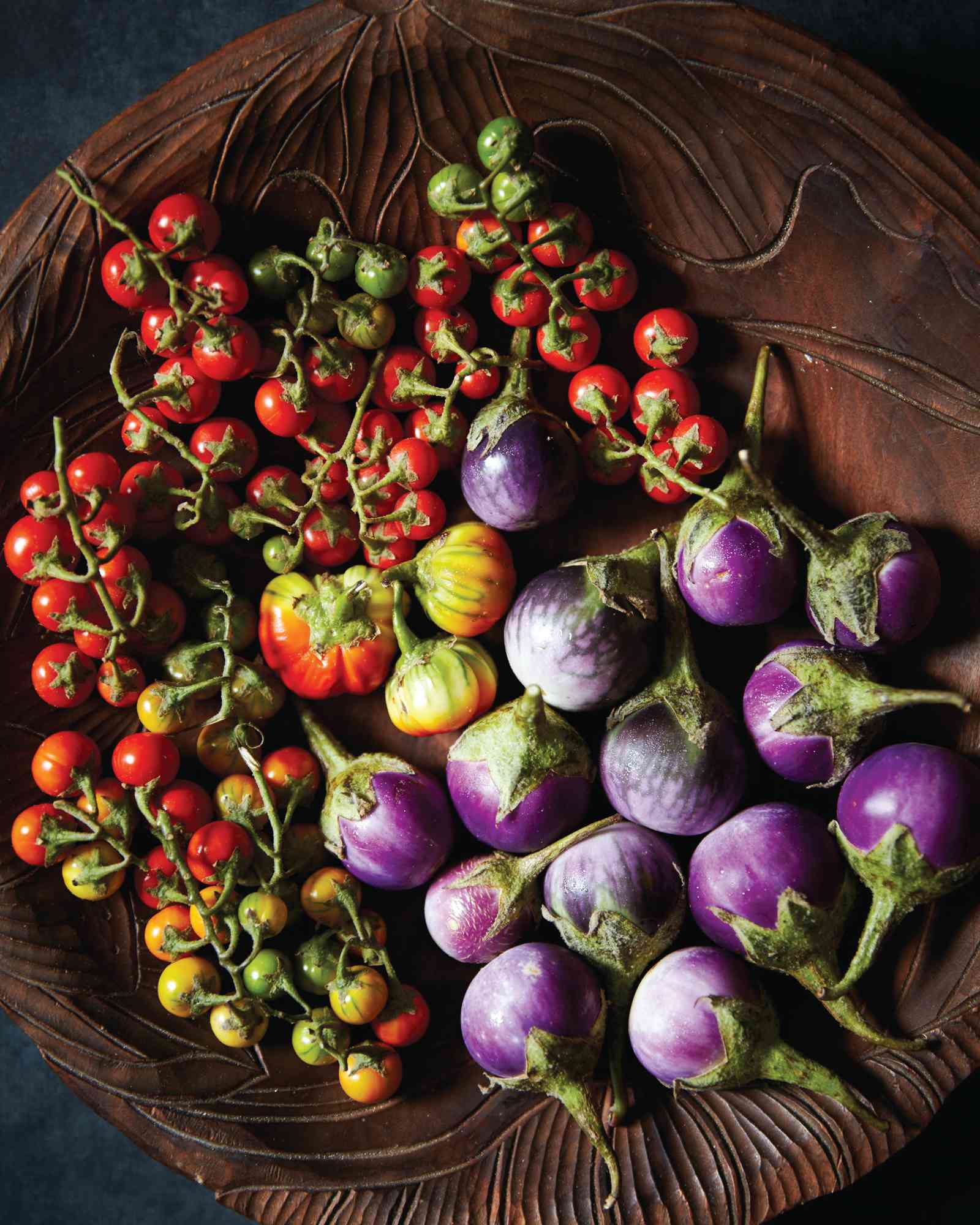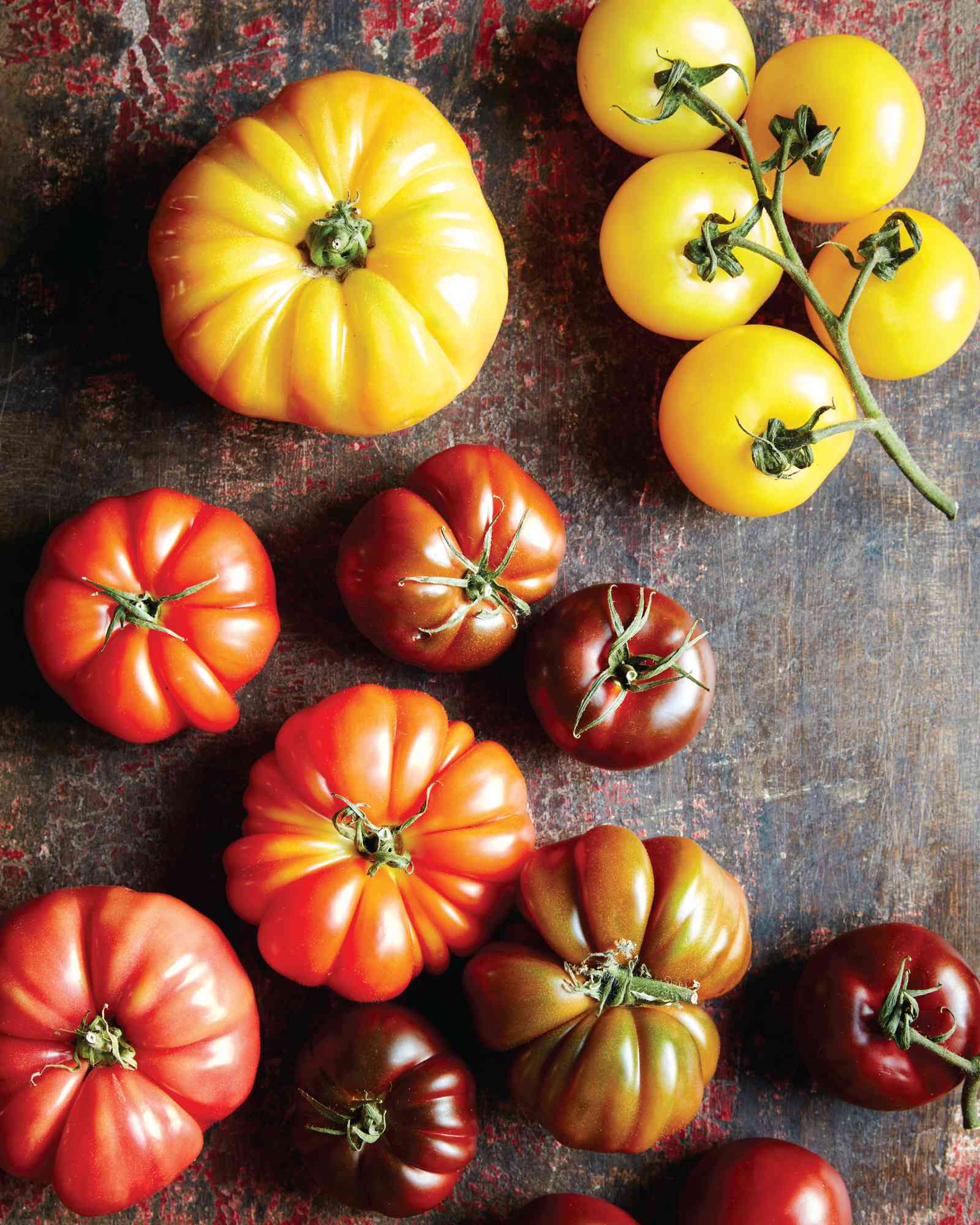Introduction
A CONSIDERED APPROACH TO FOOD
As much as I love a juicy-ripe, thick slice of heirloom tomato, this is not just another book singing the praises of heirloom tomatoes. While those beloved plump orbs of the nightshade family are indeed a fine place to begin our exploration into the superior flavor that most heirloom plants possess, this book encompasses more substantial topics. I would like to introduce the idea of the heirloom kitchen as a space that honors not just the best ingredients but also the techniques and wisdom of our ancestors.
Heirloom looks to the ancient methods of food preparation through the act of slow cooking and many, although not all, heirloom ingredients. Traditional foods, such as dairy, grains, meat, and, of course, vegetables all enjoy a place at my modern table. They are prepared using techniques of fermentation, soaking, and sometimes extended cooking to heighten and extract their most beneficial qualities. Alcohol is enjoyed in moderation with attention to its potential medicinal effects on the body, particularly when made with beneficial bitter and seasonal herbs. Although granulated sugar plays a part in some of the recipes of this book, they are celebratory indulgences, many with suggestions for alternative, more wholesome replacements.
Fermentation has played a strong role in my personal wellness regimen and the creativity of my culinary repertoire. It is an ancient technique of preservation for the scrupulous cook that has also proved to be remarkably beneficial to the human microbiome. (We are, after all, comprised of up to ten times more microbial cells than we are of human cells! This makes our genetic DNA a representation of more than just, well, us.) Simply put, the more fermented probiotic foods we consume, the stronger and healthier we may become.
This is the mind-set of this book. It is an investigation into preserving and baking techniques across cultures using whole and heirloom ingredients as a way to discover a healthy and more nourishing approach to food. Its also my act of peaceful resistancea personal narrative progressing toward a more loving, gentle, and healthy society.
When I began studying ancient ways of preparing food, such as using sourdough, soaking methods, sprouting, and the inclusion of animal fats from healthy, mindfully tended animals, I was quite ill and anemically struggling to live a happy and functional life free of fatigue, candida overgrowth, and the interruption of diarrhea and vomiting. These symptoms are difficult to address or talk about in polite society, but I was not unlike many who suffer the effects of our industrialized food systema system with the sole goal of growing and processing food in large quantities and with maximum efficiency and lowest cost. With the introduction of a few mindful kitchen techniques, eliminating processed foods, getting adequate sleep, and reducing my intake of refined sugar, I was on my way back to living a joyful, healthy lifestyle devoid of embarrassment. Although I can now tolerate unfermented or organically grown grains low in gluten in limited amounts without difficulty, I have implemented a way of cooking and eating that ensures the long-term stabilization of my gut flora within a modern context.
The techniques and recipes included in this book promote both healing and maintaining a healthy gut and enjoying foods that are part of a sustainable or regenerative agricultural system. That type of system harnesses the power of rotational crops and animal husbandry to support intensive vegetable cultivation. Using sourdough, soaking, and sprouting methods can mitigate the troublesome aspects of many grain- or seed-based foods important to these systems. These methods activate enzymes stored in most grains, seeds, nuts, and legumes that assist in breaking them down in the gut. Soaking, sprouting, and fermenting also mitigate phytates, compounds that can prove troublesome to diets high in plant-based foods. Our stomachs are not equipped to break down phytic acid in high amounts, and as a result, key vitamins and minerals in those foods are prevented from being absorbed.
If you make heirloom grains, flours, seeds, or beans a priority in your kitchen, you may at first be stumped for access to these specialty ingredients. Fortunately, the demand is growing as a reflection of interest in more delicious and nutritious alternatives to genetically engineered or commodity staples. With a little resourcefulness and some persistence, it is possible to source them through a local farmer or market or by mail order (see Resources, ). Some larger natural food stores are beginning to carry local small-batch flours and pulses, making them more affordable and accessible. If you are still having trouble, ask, and ask again. Farmers will not grow if they believe there is no market, and markets will not stock if they believe there are no customers.
This book encourages you to explore nourishing traditions, support better agricultural practices, and embrace heirloom ingredients in an attempt to restore long-term vigor for ourselves and generations to come. The following points will help you to make informed choices and incorporate techniques for a modern lifestyle of slow living.

